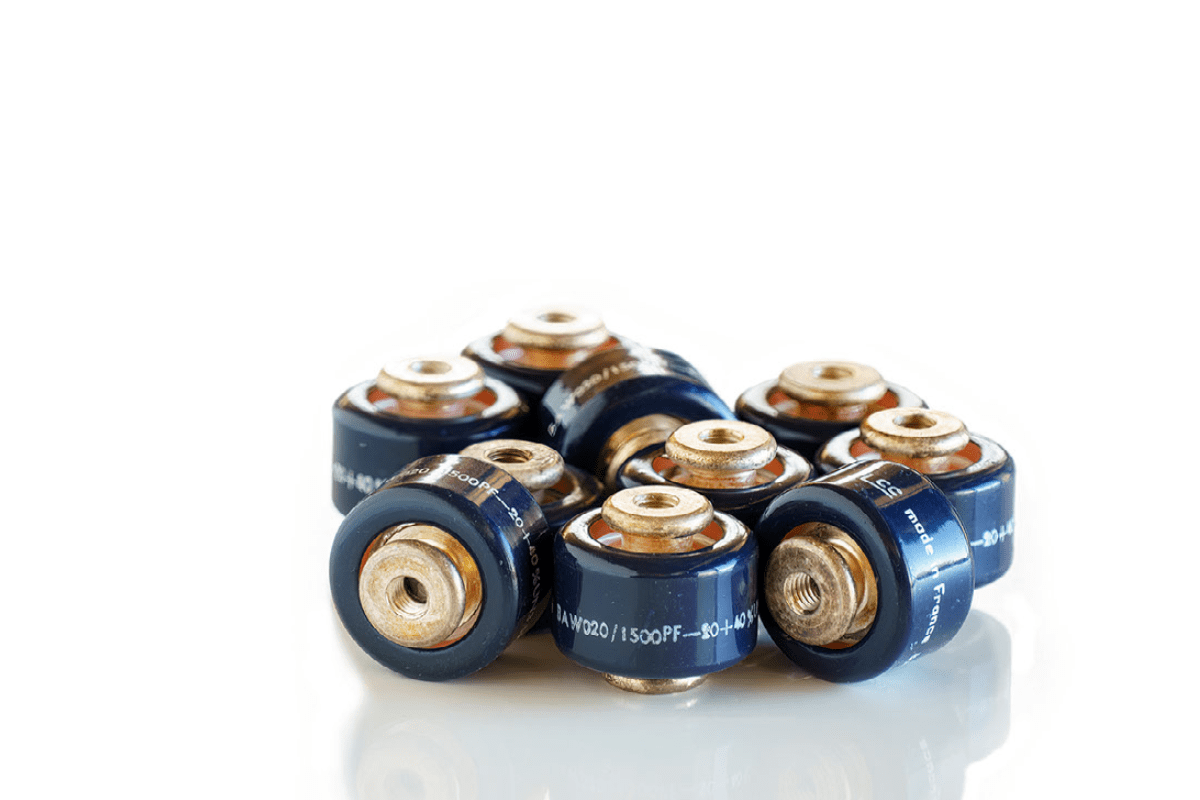"What is Ceramic and What Industries Is it Used In?

Introduction
You might not realize it but your life revolves around ceramics. From the ceramic-based electronic components in your computer to the high-end TV you watch, ceramics are constantly a part of your life. Even though you might not understand or recognize ceramics, it doesn’t mean that they aren’t a vital feature of your day - and the world around you.
Yes, ceramics are everywhere and they have come a long way in the recent years. While once used in just a few industries and on select daily items, ceramics are now located in almost every business in one way or another. And their value only grows as more and more companies find ways to make your life easier with this miracle creation. So what are ceramics and how are they used? How do they make your life so much more manageable?
What are Ceramics?
In the most technical sense, a ceramic is a specific type of non-metallic material that has been formed and then solidified by an intense heating process at radically high temperatures. Ceramics are typically brittle, hard, and corrosion-resistant and often very strong. They look and feel like a combination of glass and cement. Currently, the term "ceramic" has taken on a broader definition, encompassing materials such as glass, advanced ceramics, and certain cement systems.
While traditional ceramics are clay-based and rely on clay for their creation, modern-day ceramics are using new materials that aren’t clay. Instead they used materials that are based on oxides or non-oxides or combinations of the two such as alumni, zirconia, carbides, borides, nitrides, and silicides, just to name a few.
The Properties of Ceramics
The most essential feature of ceramics is that they are refractory: they are rough-and-tumble materials that can withstand a lot of damage in both ordinary and unusual circumstances. Consider this: most of us tile our kitchens and bathrooms because ceramic tiles are durable, waterproof, scratch-resistant, and look excellent year after year.
Engineers also use unique ceramic tiles on space rockets to shield them from heat when they return to Earth. From your shower to the stars, ceramics are used in all sorts of ways because of their strong, distinct properties. Here are the most notable attributes of ceramics:
- They have high melting points, which means they are heat resistant.
- They feature great hardness and strength.
- They have considerable durability, which means they can last for decades.
- They contain low electrical and thermal conductivity.
- They have chemical inertness, which means they're unreactive with other chemicals.
Types of Ceramics and How They Are Used
Classic, time-tested ceramics that have become a part of everyday life include bricks, glass, porcelain, cement, pottery, tiles, and concrete. Despite the fact that they all have diverse applications, we may still consider them to be general-purpose materials because they are used in many of the industries that make the world go around.
Take a look at the kitchen in your home. It is filled with tiles and glass and porcelain that is ceramic-based. The same is true for your bathroom too. Traditional ceramics like these are old materials that our predecessors would know well, and they've steadily gained in popularity as the years have passed. Advanced ceramics, on the other hand, are materials that have been developed during the previous few decades for very specialized uses.
The most notable examples involve silicon nitrides and tungsten carbides, which are made for making extremely hard, high-performance cutting tools, but they also have other applications. Metal oxides, carbides, and nitrides are the most common contemporary manufactured ceramics, which are compounds formed by mixing metal atoms with oxygen, carbon, or nitrogen atoms. While you might not know of these ceramics off the top of your head, they are surely influential on many items in your home and many industries that help serve you throughout your life.
How Are Ceramics Used
We've seen that there are numerous different items that may be classified as ceramics, from glass and brick to porcelain and cement. Not surprisingly, there are quite literally thousands of diverse uses for ceramic materials in anything from aerospace to house keeping.
Plane jet engines, for example, are gas turbine devices that function by burning fuel combinations at high temperatures to produce a flaming exhaust that propels a plane into the air. The requirement to withstand extreme temperatures explains why ceramics are frequently used in engine components. Thousands of ceramic tiles were employed aboard the now-retired NASA Space Shuttle to save it from bursting into flames on its journey down to Earth from space for the same reason.
In fact, it was faulty ceramic tiles that caused the tragic loss of the Space Shuttle Columbia in 2003. Ceramics are also commonly utilized on building sites as tools. Whether you're cutting glass, crushing concrete, or sawing through industrial brick material, engineering ceramics will help shape more traditional ceramics, and will perform better and last longer than steel-based tools. Ceramics aren't necessarily cutting-edge. Actually, we often overlook them, particularly when they're hidden behind electrical and electronic equipment.
Magnets are found in anything that has an electric motor and they're frequently composed of ferrite ceramics. Ceramics are also used in the electrical systems that heat and cool us in our homes. You will often see ceramic insulators in overhead powerlines. You will also see ceramics in your home, on the stove top that is producing great heat to make your meals.
Conclusion
Ceramics have advanced over the years and are able to be used in a variety of different products and industries that help make your life so much easier. Your kitchen, your bathroom, and the power that flows through your home relies on ceramics. But ceramics are used for far more than just that.
In fact, the rocket ships that are flying through the stars need ceramics too. The wide range of uses for ceramics prove just how important they are. For years now, they have helped the world go round and as more time goes on, ceramics find more and more ways to make life easier.



